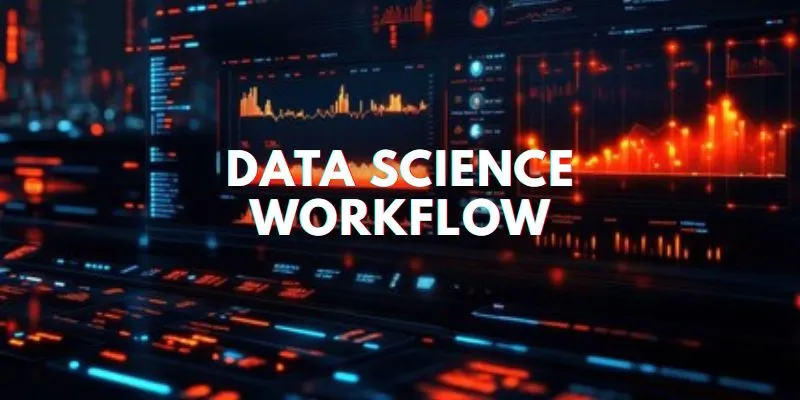
The conversion of unprocessed data into useful information is fundamental to all data science initiatives. Understanding the data science workflow is crucial for anyone aiming to apply data-driven solutions to real-world problems. Whether you are building a machine learning model or delivering a business intelligence report, following a structured approach ensures efficiency, clarity, and reproducibility. For those looking to start or enhance their career, signing up for a Data Science Course in Mumbai at FITA Academy can provide the practical skills and comprehensive knowledge needed to master this workflow effectively.
Step 1: Problem Definition
Every successful data science project begins with a clear understanding of the problem. This requires collaborating closely with stakeholders to clarify the business goals, determine pertinent metrics, and grasp the context of the data. Misinterpreting the problem at this stage can lead to wasted time and inaccurate conclusions. A well-defined question guides the rest of the workflow and shapes the data requirements.
Step 2: Data Collection
After the issue is identified, the subsequent step is to collect data. This includes obtaining information from various sources, such as databases, APIs, spreadsheets, or using web scraping tools. The caliber and applicability of the gathered information have a direct effect on the quality of the resulting output. It is important to understand the structure, format, and limitations of each dataset to prepare for effective analysis. For those pursuing a career in data science, joining a Data Science Course in Kolkata can provide hands-on experience with real-world datasets and teach best practices for data collection and preparation.
Step 3: Data Cleaning and Preparation
Raw data is often messy and unstructured. This stage involves handling missing values, removing duplicates, correcting data types, and resolving inconsistencies. Data cleaning is one of the most time-consuming parts of the workflow, but it is critical for ensuring accurate results. This step may also include feature selection and transformation, which prepare the dataset for modeling or visualization.
Step 4: Exploratory Data Analysis (EDA)
Exploratory Data Analysis is the process of examining data patterns, distributions, correlations, and outliers. Through visualizations and summary statistics, EDA helps uncover hidden insights and informs decision-making for the next stages. It also helps validate assumptions and can highlight problems such as skewed distributions or unexpected trends that require further investigation.
Step 5: Modeling and Analysis
With a clean and well-understood dataset, the next step is to build models that can generate insights or predictions. Depending on the goal, this may involve regression, classification, clustering, or other statistical techniques. Model performance is typically evaluated using metrics such as accuracy, precision, recall, or RMSE. Iteration is key in this phase, as models often require tuning and optimization to achieve the desired outcome. Data Science Course in Gurgaon, which will help you to gain practical experience in building and refining models using real-world data.
Step 6: Interpretation and Insight Generation
After modeling, it is important to translate the results into meaningful insights. This step involves interpreting model outputs in the context of the original problem. Data scientists must be able to communicate their findings clearly to stakeholders, often using visualizations, narratives, or dashboards. The ultimate goal is to support data-driven decision-making with evidence-backed insights.
Step 7: Deployment and Monitoring
In production settings, the final step is to deploy the model or analytical solution. This could involve integrating the model into an application, automating reports, or setting up data pipelines. Ongoing monitoring is essential to ensure that the model continues to perform well over time and adapts to new data or changing conditions.
Mastering the data science workflow requires both technical expertise and strategic thinking. From understanding the problem to delivering insights, each step builds on the previous one. By following a structured workflow, data scientists can create reliable, impactful solutions that drive value across industries. Join Data Science Courses in Dindigul to gain hands-on knowledge and stay updated with the latest industry practices.
Also check: The Role of Data Science in Personalized Marketing and Advertising
